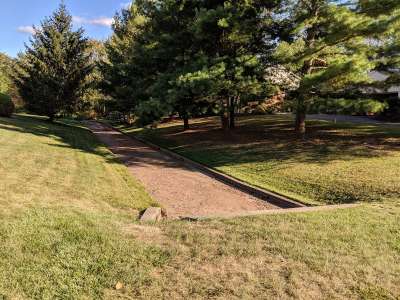An easement is a right which benefits a piece of land. This is known as the dominant land.
This right is enjoyed over another piece of land owned by someone else - this is known as the servient land.
Imagine that you are looking to purchase a property, which is landlocked on all sides. The nearest road is some distance away, which is owned by a third party.
You might ask how do you get to the road?
The answer is in the law of easements.
An easement is a right enjoyed by the owner of one plot of land over another plot of land owned by a separate entity. They can be positive (i.e. a right to do something) or negative (i.e. preventing something being done).
Positive Easements
An easement will normally allow the owner of the dominant land to do something on servient land, such as travel across it, or run services over it. This is known as a positive easement.
Examples of a positive easements are:
- Use of water pipes or drains
- Use of gas pipes or electricity wires
- Passing over a path, road or way
- Discharge of water into a watercourse
Negative Easements
On the other hand, an easement can be negative when the dominant land owner has the right to limit what the servient owner may do on the land.
An example of a negative easement is where the servient owner is not permitted to construct buildings that would interfere with someone’s right to light.
Further examples of a negative easements are:
- A right of air
- A right of support from a building
- A right to receive a flow of water for an artificial stream






